Look at the Photos of the Nanjing Massacre Taken by Japanese Soldiers
The Memorial Hall of the Nanjing Massacre Victims (by Japanese Invaders) holds a collection of photo albums taken by Japanese soldiers, providing undeniable evidence of the atrocities committed during the Nanjing Massacre. Although the photos have yellowed with age, they still vividly depict the cumulative horrors inflicted by the Japanese invaders in Nanjing.
Photo Collection of Japanese Airman Ito Kentaro: A Record of 80 Days of Atrocities Witnessed in Nanjing
This is a photo collection of Japanese airman Ito Kentaro, chronicling his participation in the war of aggression against China on July 13, 1937, until his arrival in Nanjing on January 7, 1938. The collection captures the tragic aftermath of the atrocities he witnessed during his 80-day stay in Nanjing. It includes numerous photos documenting the Japanese military's brutal acts, each annotated in Japanese by Ito himself. On one page of the album, there are four photos showing bodies abandoned outside the city walls and along the moat after the massacre. In the upper-right corner of the page, Ito wrote the word "tragic."
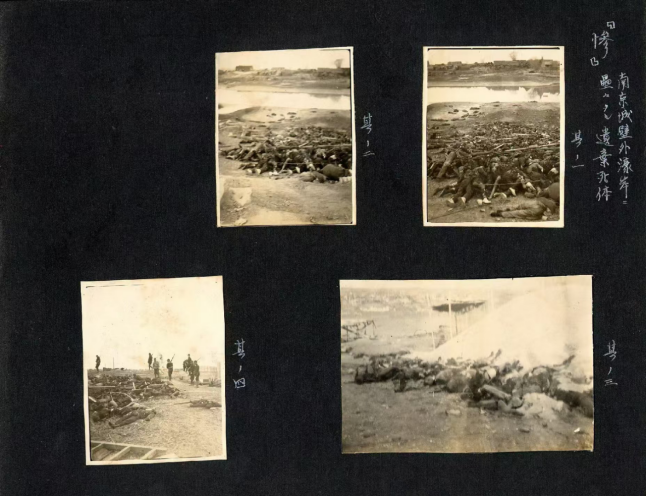
This photo collection was donated to the Memorial Hall in 2003 by historian Bu Ping and is currently on display in the Nanjing Massacre Exhibition.
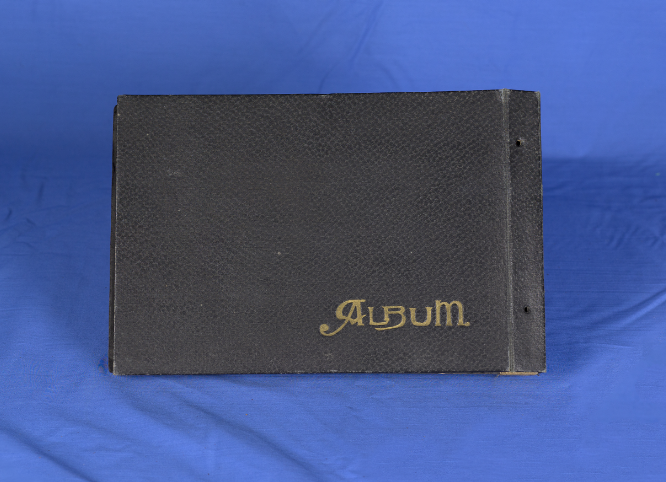
Photo album cover
Photo Album of Horikoshi Fumio, Japanese Central China Area Army Soldier: Recreating the Tragic Scenes After the Fall of Nanjing
This is a private photo album kept by Horikoshi Fumio, a soldier of the Japanese Central China Area Army. Among the 125 photographs in the collection, five were taken in Nanjing. The images show Japanese soldiers, armed with rifles, bayonets, and Japanese flags, standing beside the corpses of Chinese civilians to display their "martial prowess." Other photos show piles of bodies of Chinese victims massacred by the Japanese army beneath Purple Mountain, as well as large banners hung at Zhonghua Gate bearing slogans such as "Celebrating the Fall of Nanjing." Each photograph serves as ironclad evidence of the atrocities committed by the Japanese army.
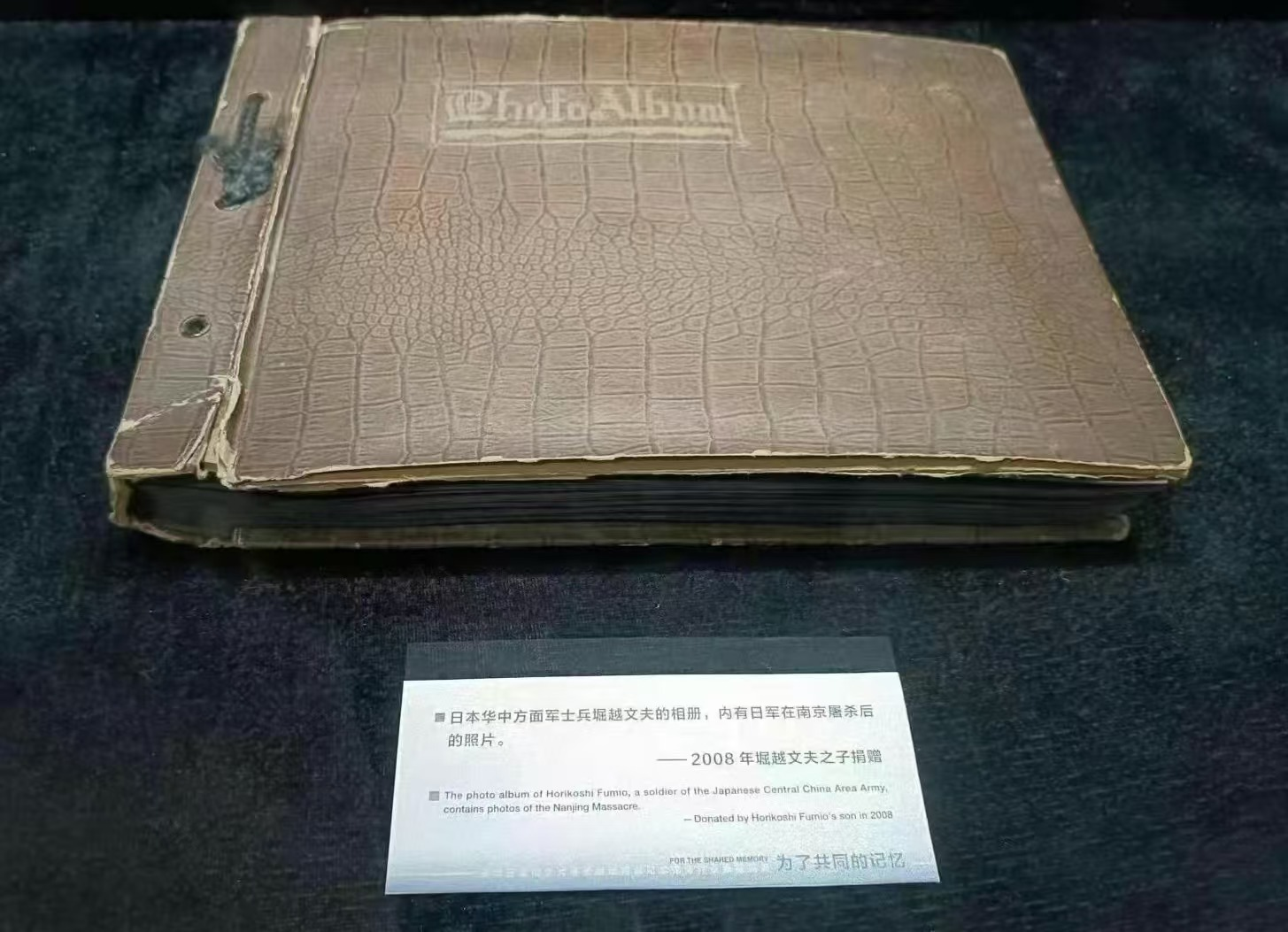
This album was donated to the Memorial Hall in 2008 by Shun i chi Okazaki, son of Horikoshi Fumio. Shun i chi Okazaki explained that his father, originally a bank clerk, was conscripted into the army in 1937 and assigned to the 149th Wing of the 101st Division. He landed in Shanghai in September of that year and participated in the Battle of Shanghai. In August 1938, Horikoshi fell ill with tuberculosis in Jiangxi and returned to Japan in January 1939. At that time, the Japanese military authorities enforced strict censorship system for officers and soldiers returning from the Chinese battlefields, forbidding them from bring back items such as battlefield photos. Shun i chi Okazaki speculated that the photos survived because his father was hospitalized and evaded inspection.
This album, as a representative cultural relic, was displayed in the temporary exhibition For Common Memory - Exhibition of Collections Collected Overseas by the Memorial Hall of the Nanjing Massacre Victims (by Japanese Invaders), which opened on December 13, 2022.
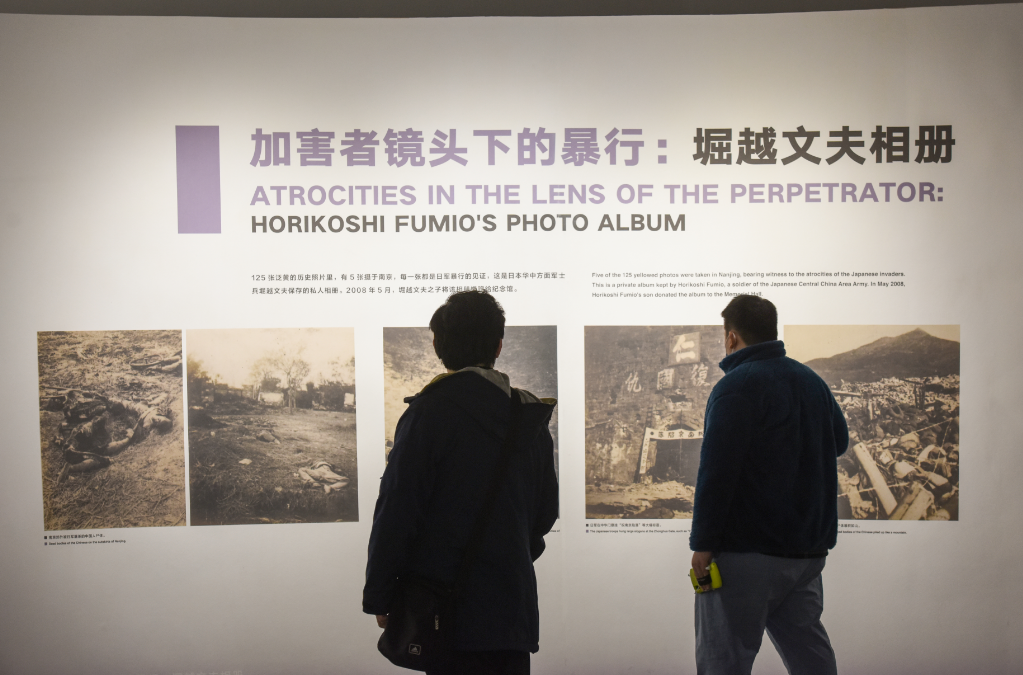
Nanjing Citizens Risked Their Lives to Preserve Evidence of the "Jing" Character No. 1: Recording the Bloody Proof of the Massacre
In the Nanjing Massacre exhibition, a video shows 16 photographs taken by the Japanese army and preserved by Nanjing citizens Luo Jin and Wu Xuan.
In January 1938, while developing film for a Japanese officer, Luo Jin, a 15-year-old photo studio apprentice, risked his life to make more than 30 copies of photos depicting massacres, abuse, and looting committed by the Japanese army. He selected 16 of the photos and bound them into an album and burned the rest. Luo Jin created a cover for the album, drawing two red hearts dripping with blood, pierced by a dagger, and writing the word "humiliation" beside them.
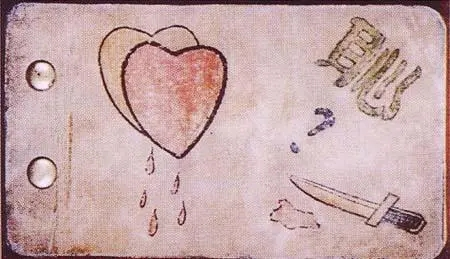
Photo album cover
These photos are ironclad evidence of the appalling crimes committed by the Japanese army. In order to protect the photos, Luo Jin lived in constant fear. To avoid searches, he hid the albums in a wall cavity in the toilet of Pilu Temple in Nanjing, where it was later accidentally discovered and preserved by Wu Xuan.
In 1946, Wu Xuan submitted the album to the Nanjing Military Tribunal for the Trial of War Criminals. It was presented as "Jing" Character No. 1 evidence and played an important role in the prosecution of Japanese war criminals.
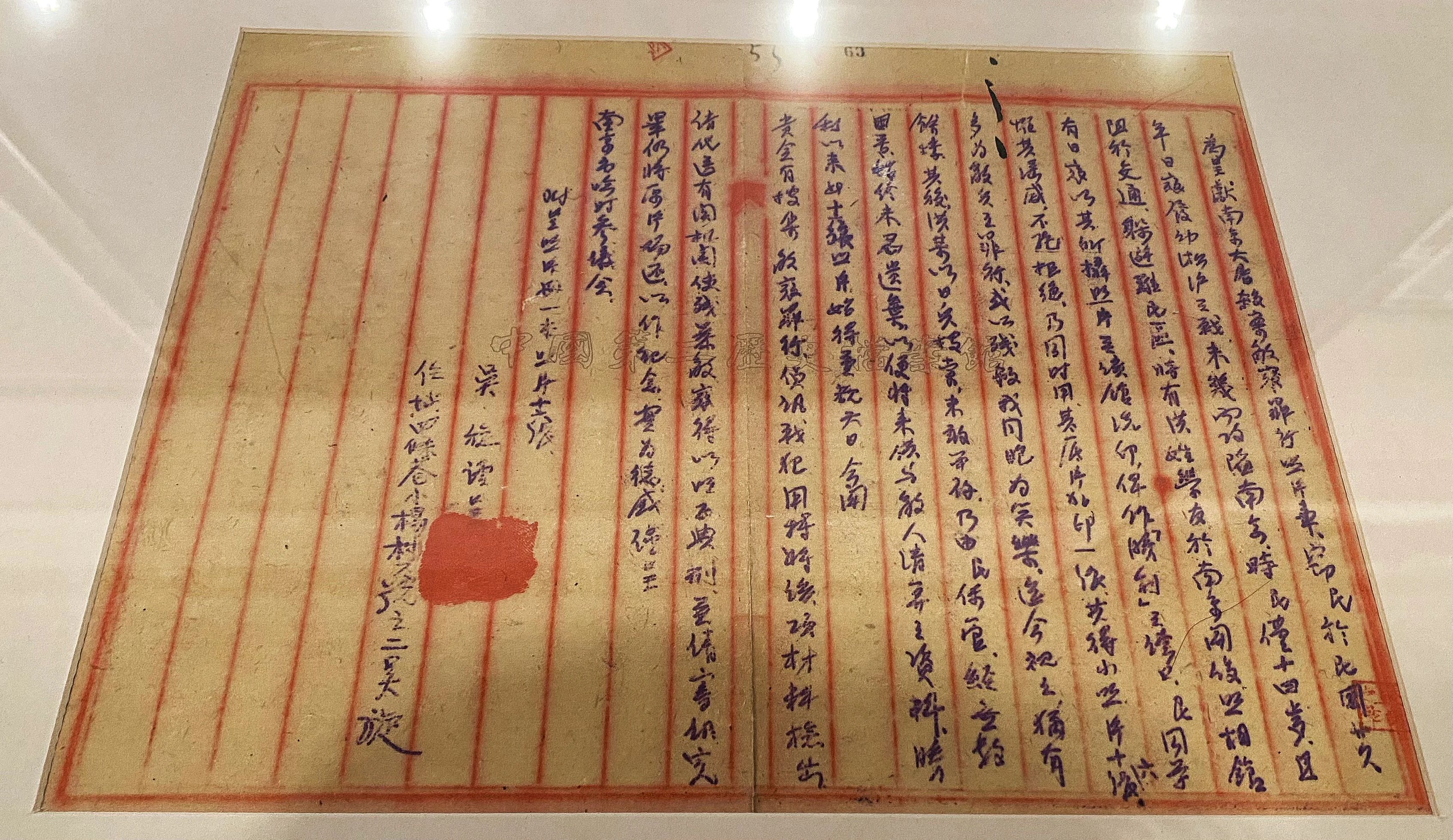
Submission by Wu Xuan
These 16 photos have become critical materials of the “Nanjing Massacre Archives” to be submitted to the Memory of the World. The original photographs are kept in the Second Historical Archives of China.
These photos, taken by the perpetrators themselves, truly reproduce the tragic scenes following the fall of Nanjing and the horrific atrocities committed by the Japanese army. Never forget national humiliation, we must strive for strength and self-reliance.

